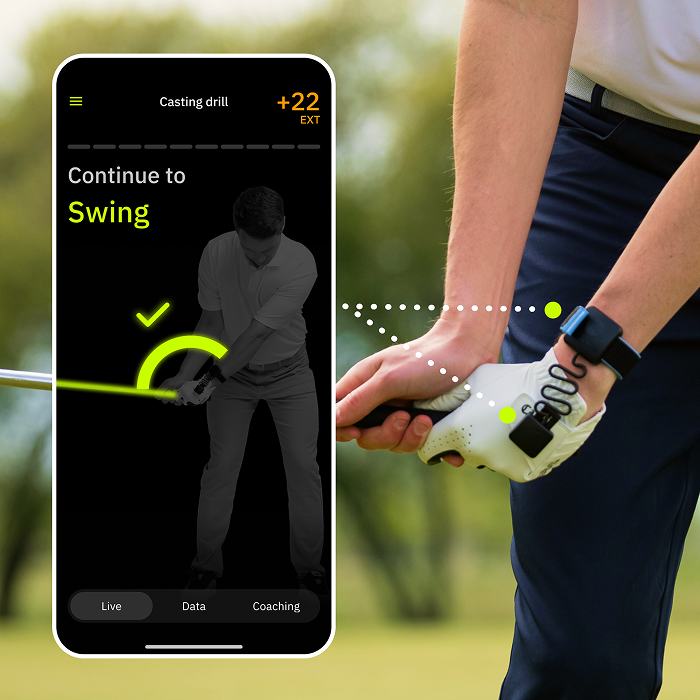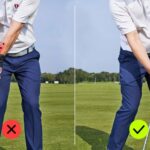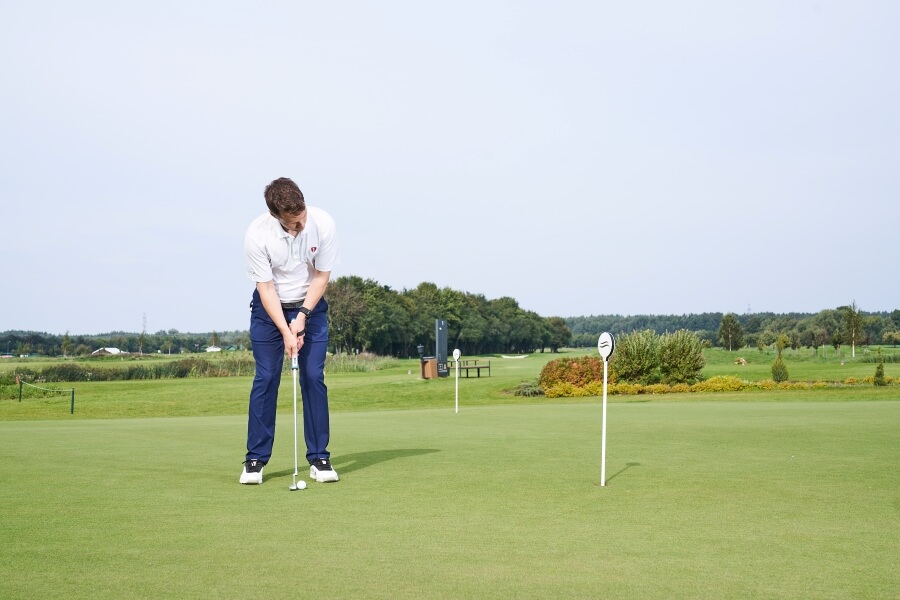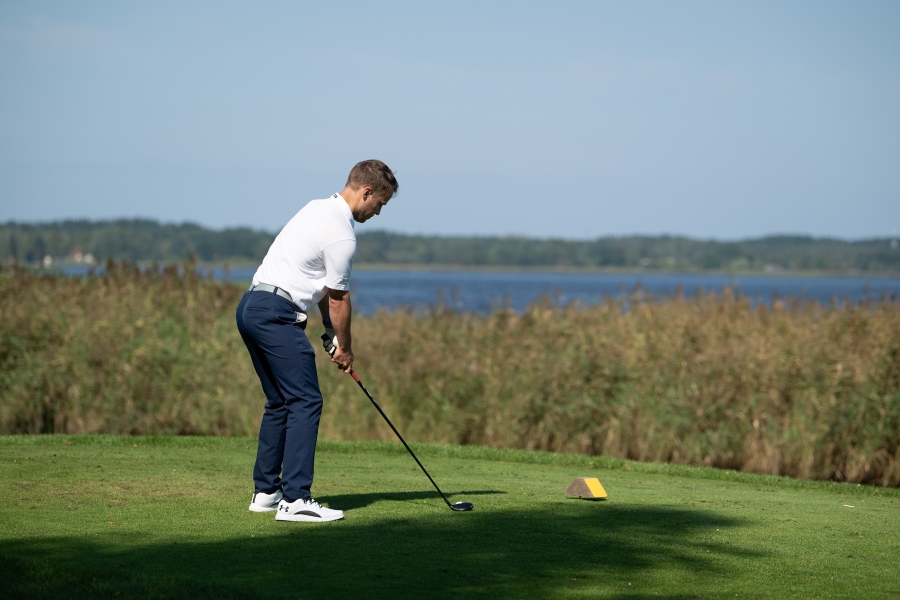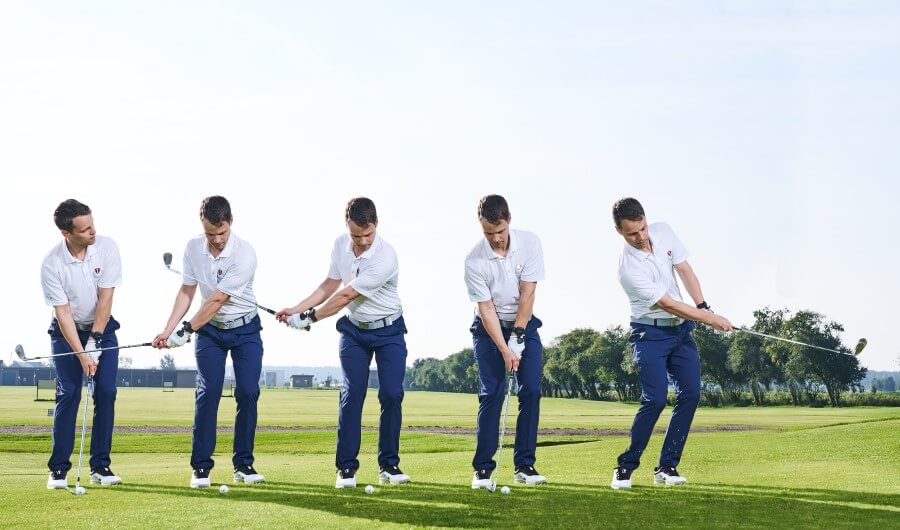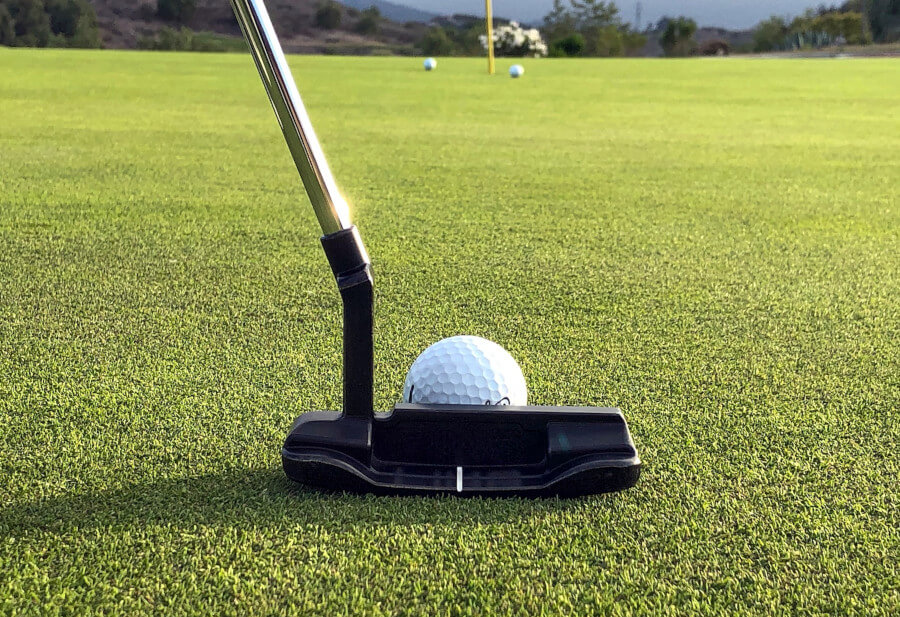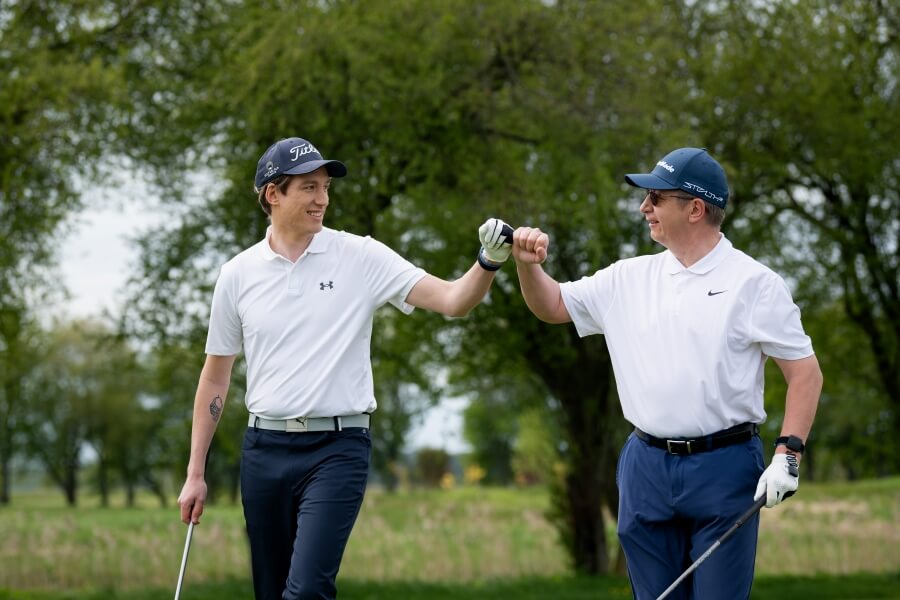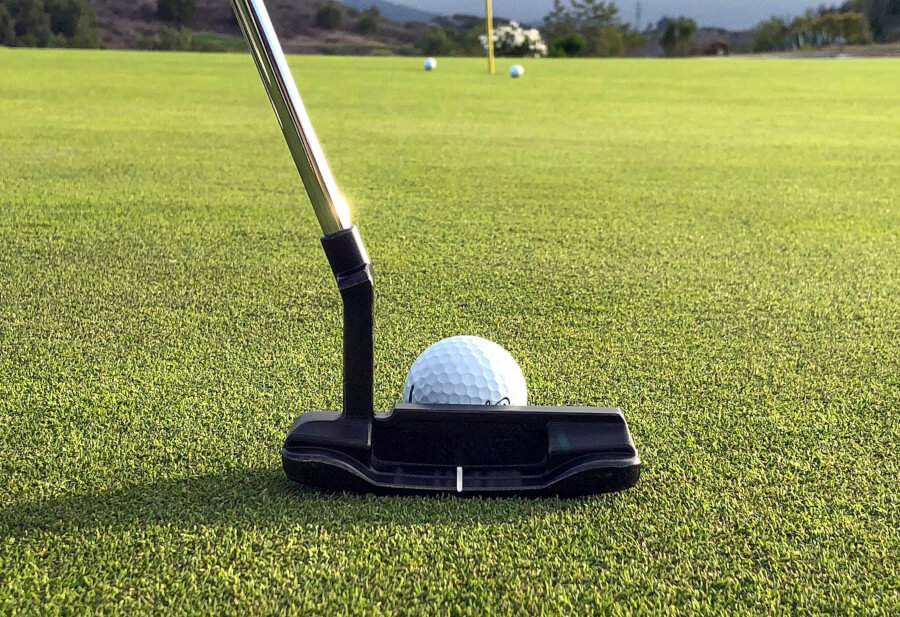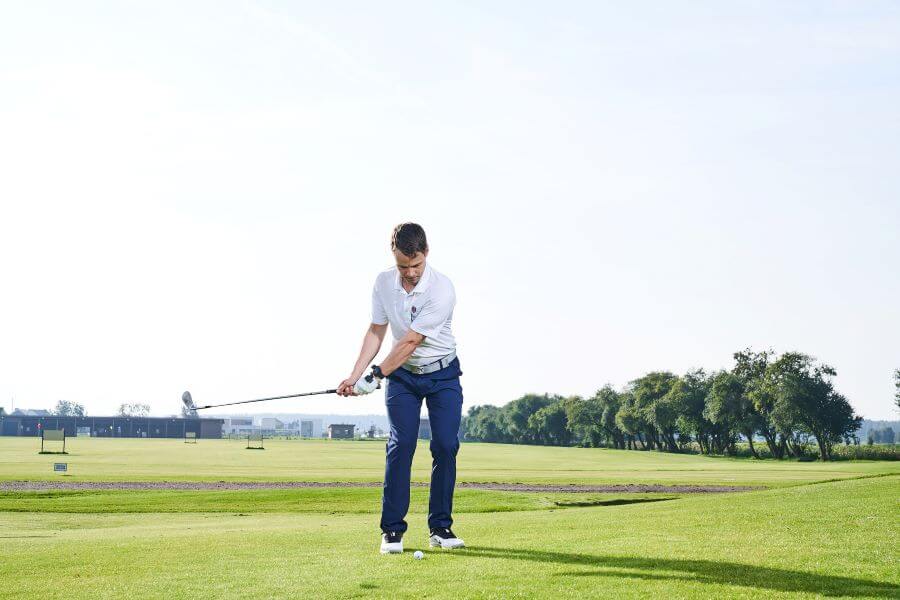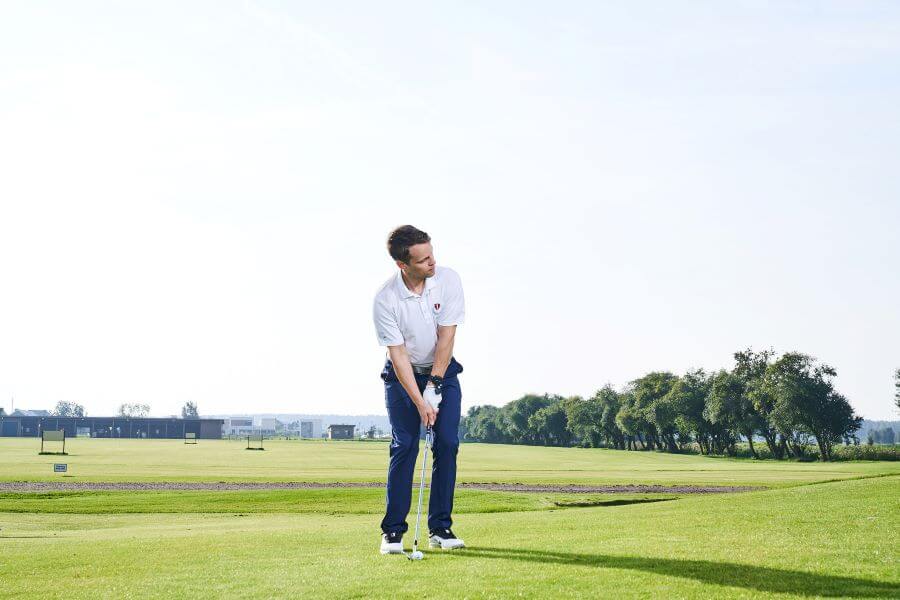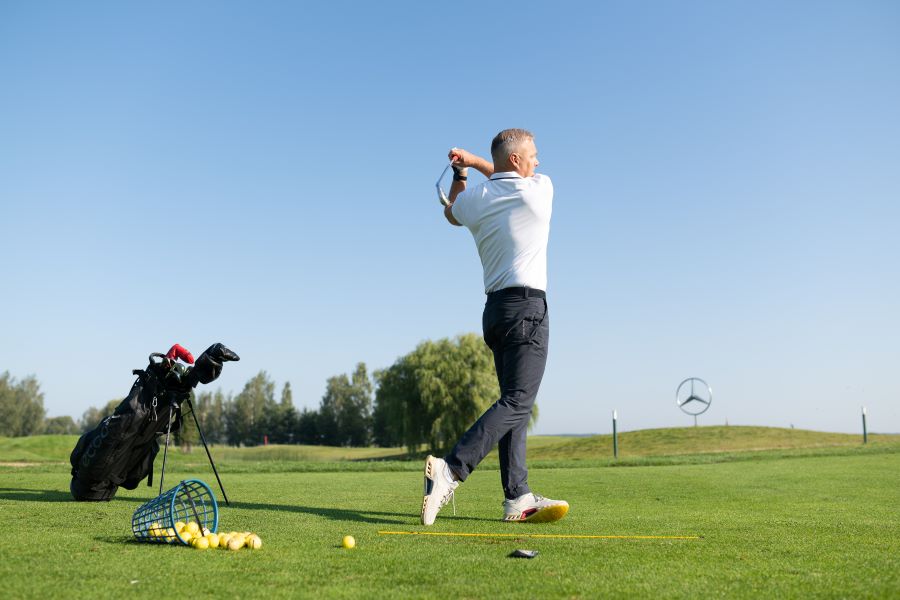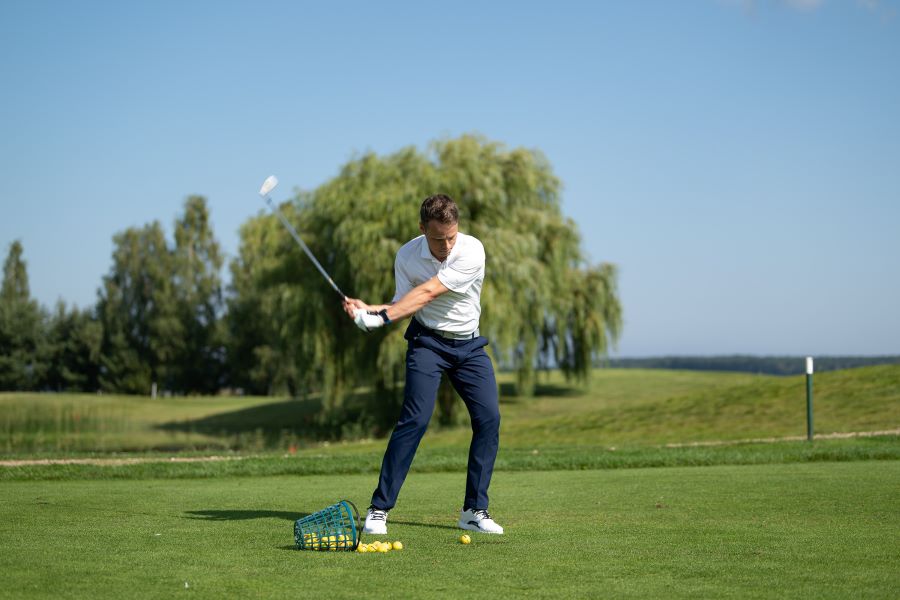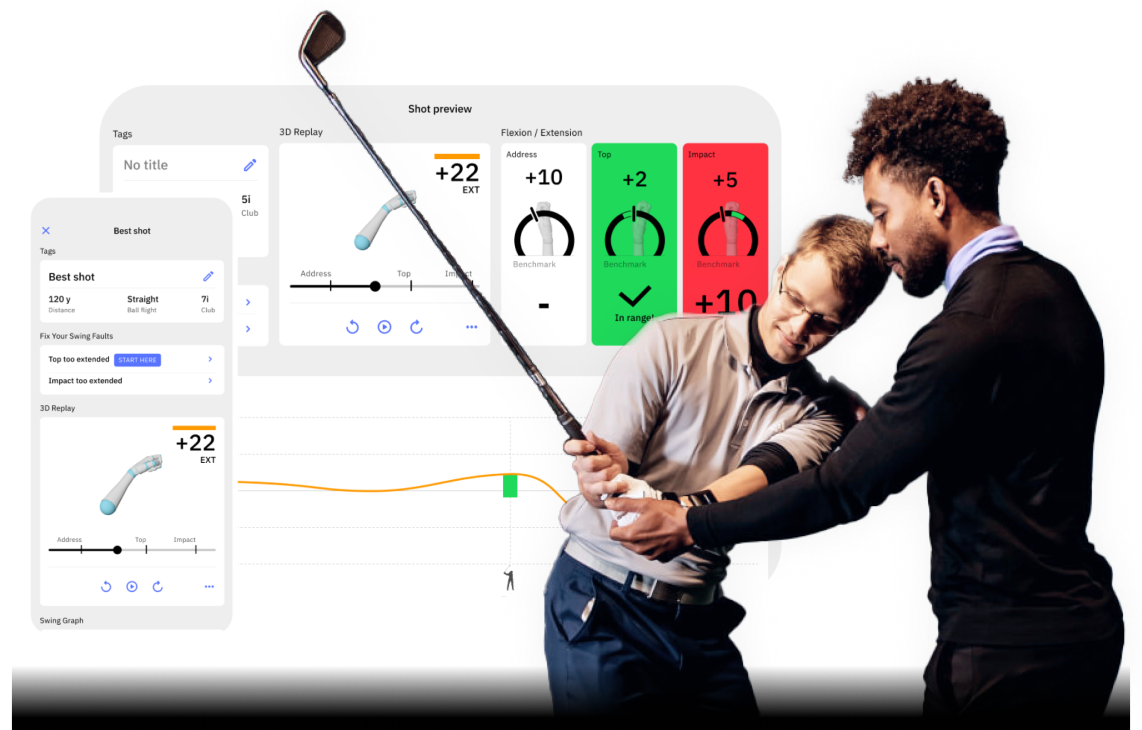5 Lag Drills to Boost Your Golf Swing Speed and Distance
When you watch professional golfers, it’s easy to notice how the clubhead lags behind their body during the downswing.
This “lag” creates a powerful angle between the lead arm and the club shaft, helping to generate speed and maintain control through impact.
While it looks effortless for the pros, developing that same feeling of lag can be much more challenging for amateur players.
Fortunately, the right drills can make a big difference. We’ve put together five of the best lag drills to help you improve and maintain lag, get your club in the ideal position during the swing, and ultimately gain more distance and accuracy on the course.
Contents
The Secret to More Lag Starts with Your Wrists!
Your clubface angle at impact determines 80% of your shot’s direction—and your wrists control that angle. Click here for the best drills to master your wrist action and create more lag in your swing.
These 5 Lag Drills Can Add Distance to Your Game
HackMotion Casting Drill (Maintain Wrist Angles for Lag)
Casting is the early release or early loss of wrist angles in the golf swing. It involves keeping the wrists bent, especially in the trail wrist, as you move from the top of the swing to the halfway point.
The HackMotion Casting Drill emphasizes a controlled downswing where you keep your trail wrist bent, delaying the release of the club.
The drill is built into the HackMotion app so you can practice it in real time.
HackMotion Casting Drill – Step by Step:
- Slow-Motion Backswing: Take your normal backswing at a smooth pace.Pause briefly at the top to establish your wrist angles (trail wrist bent/extended).
- Start Down with Lower Body: Shift weight onto your lead foot and rotate your hips before actively pulling the arms down.This preserves wrist angles and keeps the upper body from taking over too soon.
- Monitor with HackMotion: Check your trail wrist extension (bend) as you transition. Make sure it stays bent instead of straightening immediately.
- Relax the Arms: Let your arms “fall,” which encourages a shallow club path and maintains lag. Avoid forcing the club outward or “scooping.”
- Speed Up Gradually: Once you can do this in slow motion, move toward normal swing speed. Keep verifying with HackMotion that you aren’t casting as you accelerate.
Trail Arm “Lose the Arm Wrestle” Drill
If you are unhinging your wrists too early in the swing it can cause you to lose lag.
The Trail Arm “Lose the Arm Wrestle” drill creates the perfect visual for you to learn to avoid the early release and keep the shaft on plane.
- Video Timestamp: 2:00-3:00
Trail Arm “Lose the Arm Wrestle” Drill – Step by Step:
- Isolate the Trail Arm: Extend your right arm (for right-handers) in front of you. “Lose an arm wrestle” by rotating the elbow inwards and the forearm outward.
- Hold That Feeling: Grab a club and address the ball. Maintain that externally rotated sensation in your trail arm as you swing.
- Top-of-Swing Check: At the top, your trail elbow points more downward, and the club is shallower.
- Downswing Lag: Keep that elbow close to your ribs on the way down. This prevents early release and allows the wrists to stay hinged longer.
- HackMotion Monitor: You should see your wrist angles remain stable, not flipping. If the lead wrist extends quickly, you’ve lost that external rotation feel.
Over-Hinging Wrist Drill (Avoid Excessive Wrist Set That Kills Lag)
Excessive wrist action can lead to a loss of lag.
Many golfers mistake a big wrist hinge for more power, but over-hinging can push the lead wrist into too much extension at the top, opening the clubface and sabotaging lag on the way down.
By feeling “less wrist” in the backswing, you actually preserve a stronger, more stable lead wrist.
- Video Timestamp: 0:02-4:00
Over-Hinging Wrist Drill – Step by Step:
- Minimal Wrist Set Feel: Take a normal address. Feel like you’re barely hinging the wrists as you start back (as though you have “no wrists”).
- Keep Thumbs Away: Imagine pointing your thumbs away from you throughout the backswing rather than letting them hinge toward your face.
- Check HackMotion: Monitor lead wrist angles. Aim for near-flat or slightly flexed at the top (0° to -10°). Avoid big extension numbers (e.g., +30° or more).
- Transition: Retain that stable wrist structure as you change direction. This sets the club on a shallower path, better for preserving lag.
- Gradual Speed: Add speed once you can repeat the “no over-hinge” feel.
Early Extension Fix (Stay in Posture for Lag)
Early extension is often a chain-reaction from an overly steep club shaft. If the club is “too vertical,” you run out of room and stand up to avoid hitting the ground behind the ball.
By flattening your lead wrist (instead of cupping it) and externally rotating your trail arm, you set the shaft shallower, which lets you keep posture and lag.
- Video Timestamp: 0:02-4:00
Early Extension Fix – Step by Step:
- Check Trail Arm: From setup, feel your trail elbow rotate externally, this keeps the elbow tucked and the shaft shallower at the top.
- Flatten/Bow the Lead Wrist: At the top, use HackMotion to ensure your lead wrist reads near 0° or slightly flexed (negative). Avoid big extension (a high positive reading), which steepens the shaft.
- Stay in Your Inclination: Keep your chest over the ball in the downswing. Do not ” pop up” to create space; the shallower shaft already gives you space for lag.
- Feel the Lag: As the club transitions, your trail wrist stays bent, the lead wrist remains flexed or flat.
Motorcycle Drill (Lag & Wrist Flexion)
The Motorcycle Drill focuses on transforming your lead wrist from a cupped (extended) position to a bowed (flexed) position early in the downswing, often called the “motorcycle” move.
Doing this will prevent the club from casting, square your clubface angles, and help maintain lag. The Motorcycle Drill is built into the HackMotion app to make this process easier.
Motorcycle Drill – Master Wrist Flexion in the Downswing
Focus on continuously adding flexion until the club reaches parallel, then smoothly complete your swing.
Motorcycle Drill – Step by Step:
- Address & Initial Wrist Setup: Take your normal grip and note a slight extension in the lead wrist at address (this is common).
- Swing to the Top: Make a backswing and pause briefly. Check your HackMotion reading to confirm how much extension is in the lead wrist.
- “Motorcycle” Down: Start your downswing by twisting or “turning off” a motorcycle throttle with the lead hand. Feel the lead wrist moving from extension into flexion (“bowed” position). This helps keep the clubhead lagging behind the hands.
- Use HackMotion Feedback: Watch your wrist extension/flexion numbers in real time to ensureyou add flexion as you transition.
- Adjust Based on Ball Flight: If you hook too much, you’ve likely overdone the flexion. If the ball leaks right, add a slightly more “motorcycle” feel.
Final Thoughts
Each of these drills can be done with or without a ball. In addition, you can use your HackMotion to track progress and ensure you have a measurable way to look at how your quest to gain lag is improving.
You’ll want to have the proper wrist angles and lag to become a more consistent ball striker. Not taking advantage of lag in the golf swing leaves unused power on the table. Golfers who want extra help developing reliable lag can also work with a golf coach near you who uses HackMotion to teach proper wrist angles and sequencing.
